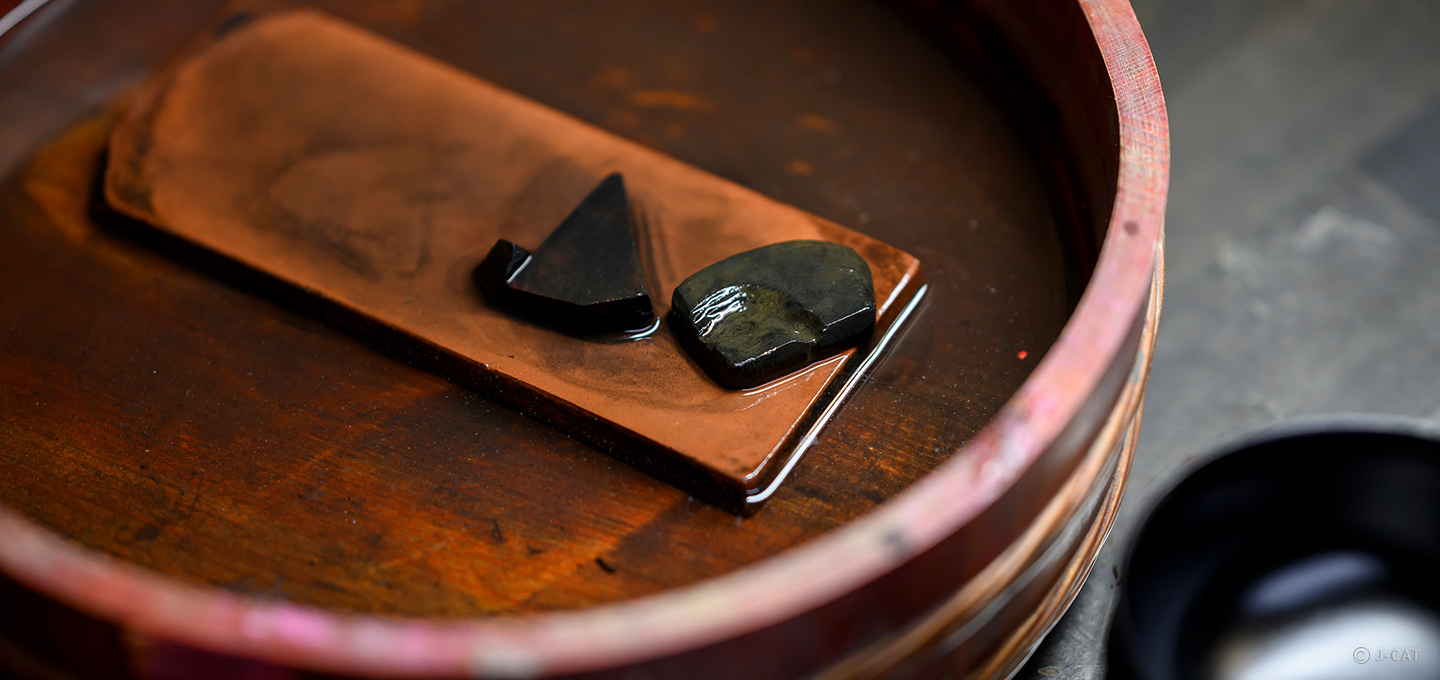
Special Experience
Kanazawa
Lacquerware Decoration Experience from an Artisan in Kanazawa, City of Crafts
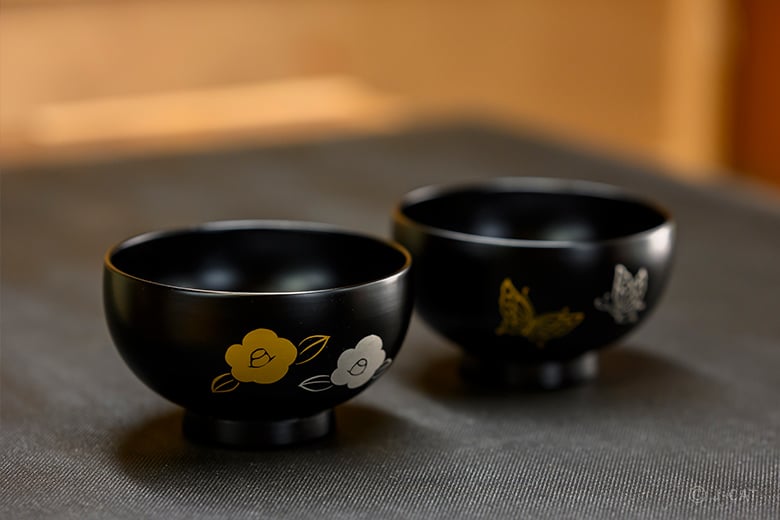
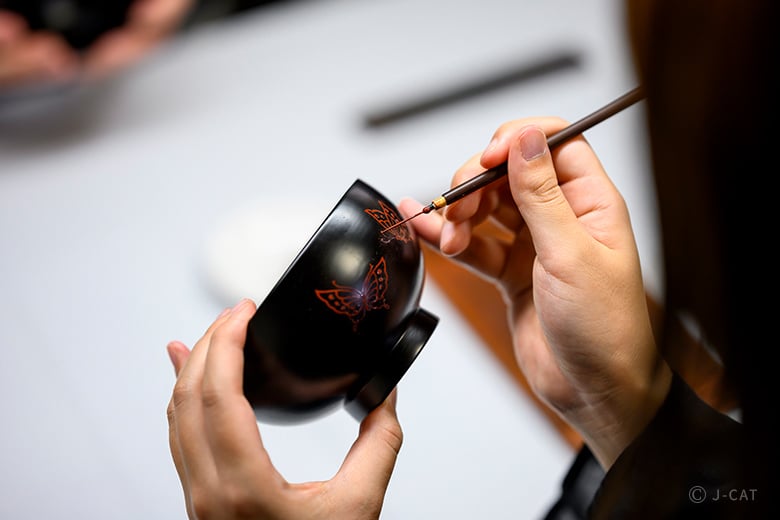
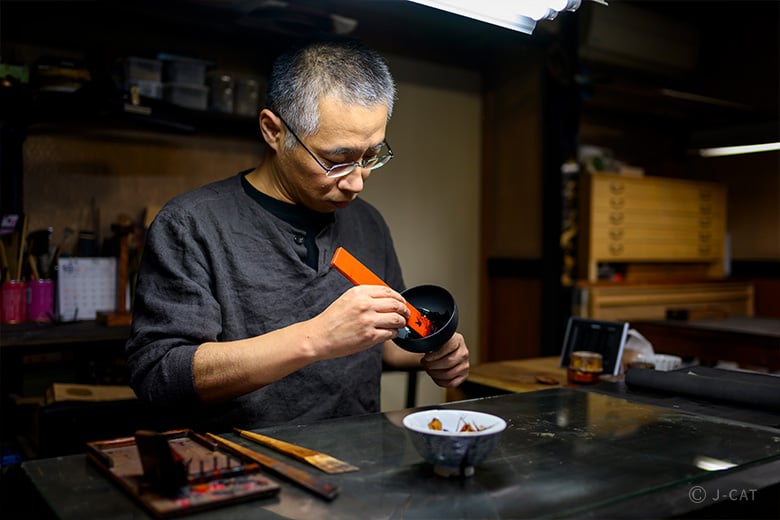
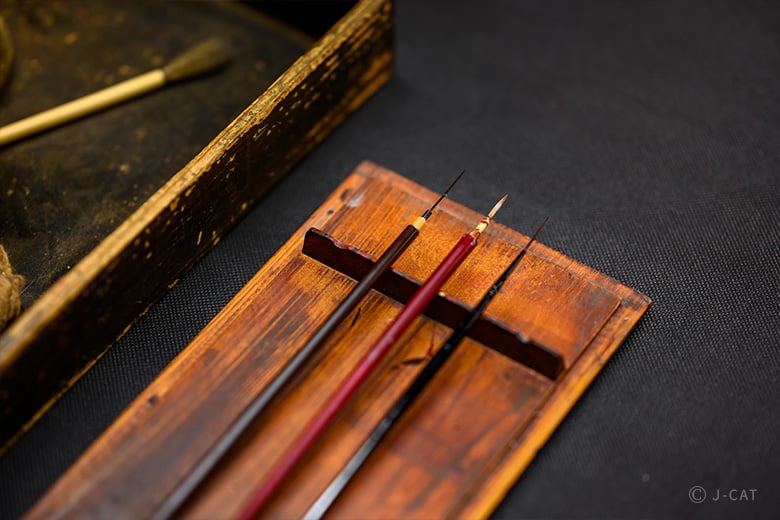

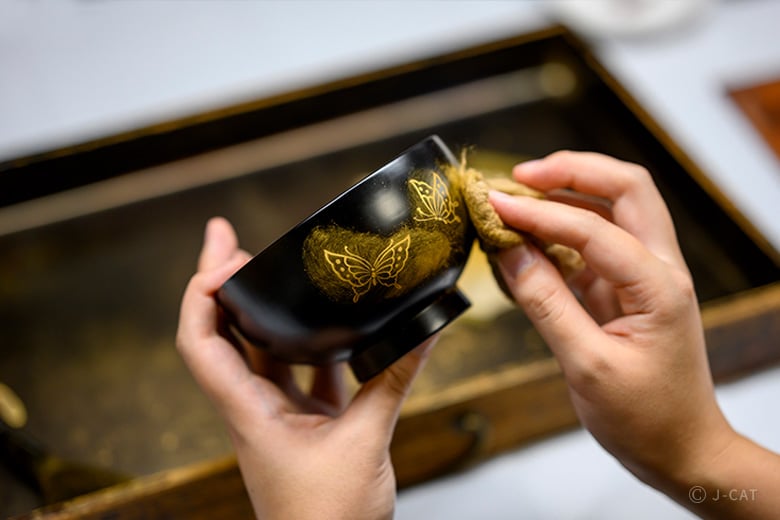
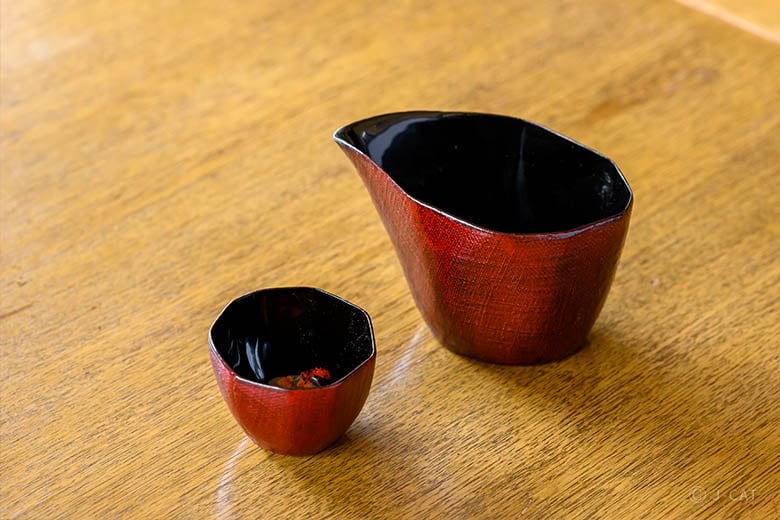

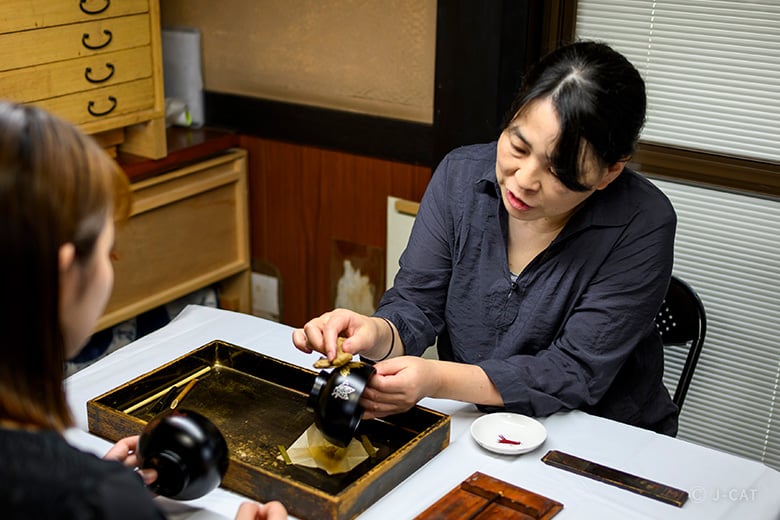
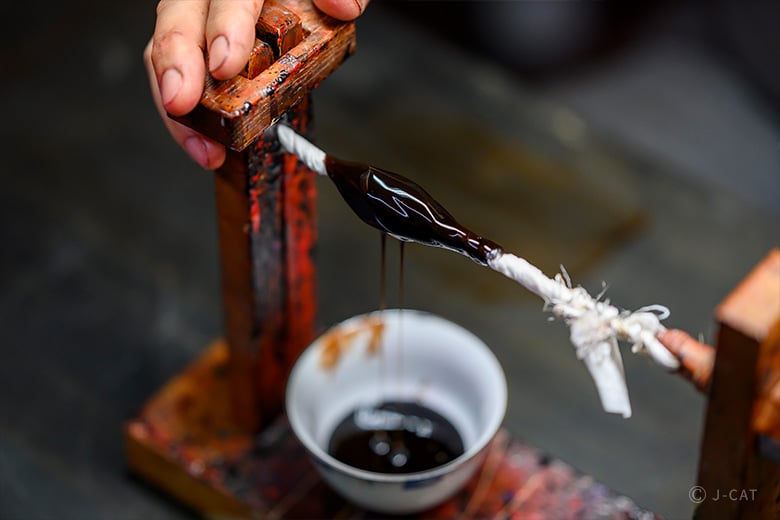
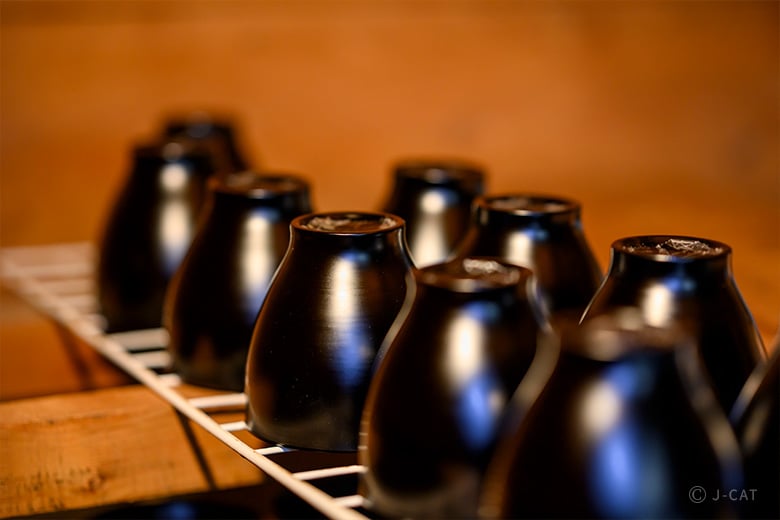
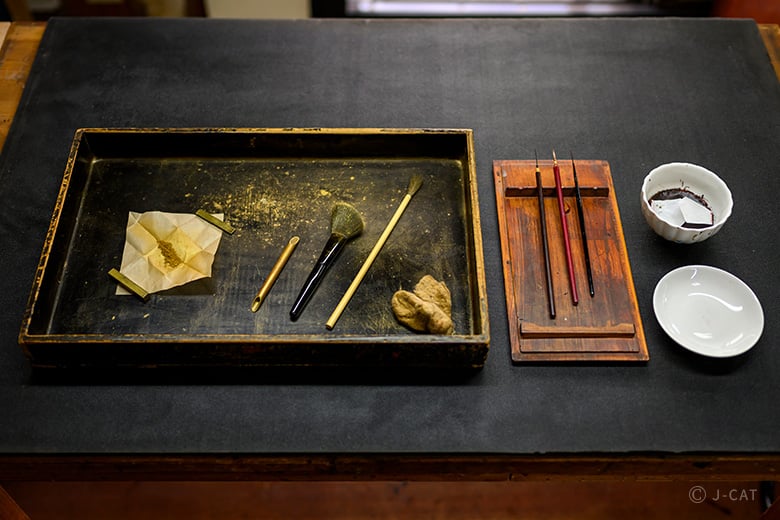
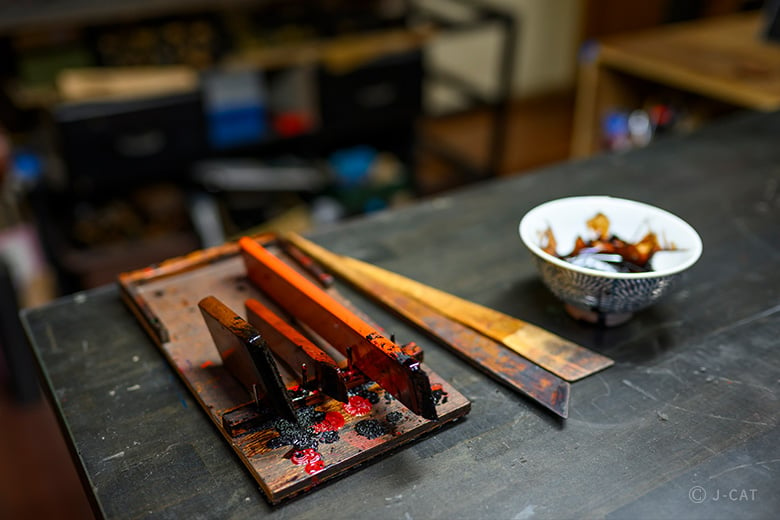
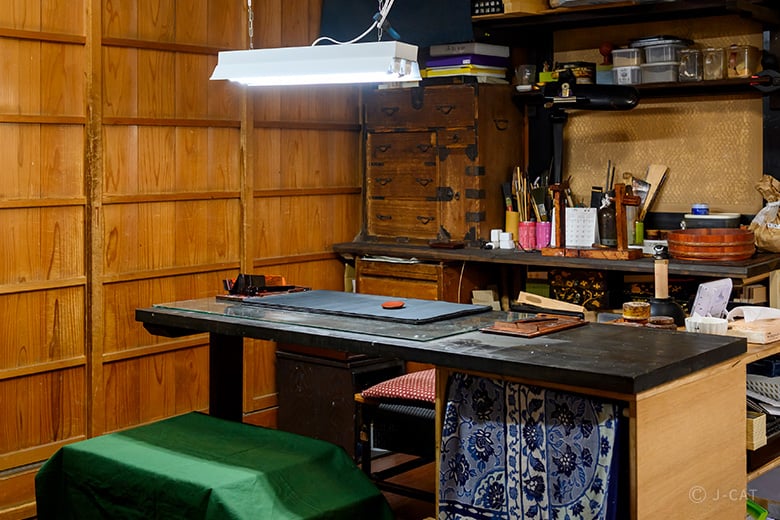














Overview
At Kanazawa, the city of crafts, visit Urushitoki Sadaike, a lacquerware workshop that uses natural urushi, Japanese lacquer. It is involved in all stages of the production process, from managing fields of urushi trees to crafting wooden bases. After an up-close look at the workshop's tools and observing owner Takashi Sadaike at work, try maki-e, a traditional decoration technique, with natural lacquer and pure gold and silver powder. You can take home your finished creation on the same day.
Key Features
・At a lacquerware workshop in Kanazawa that has been passed down for four generations, watch a skilled artisan up close
・Experience maki-e lacquerware decoration under the guidance of skilled artisans, and take home your finished creation on the same day
・Use natural lacquer, pure gold and silver powder, and traditional techniques in this authentic maki-e experience
*You may also be interested in this experience in the same location:
Traditional, All-Natural Kintsugi Experience in Kanazawa, the City of Crafts
Kanazawa
100mins
from ¥53,000 /person
1 - 4 participants
Available in English
Cancel free up to 8 days prior
Details
A Family-Owned Lacquerware Workshop with an Inheritance of Traditions
Kanazawa in Ishikawa Prefecture is known as the city of crafts for its rich heritage of beautiful traditional Japanese handicrafts. Located on the outskirts of Kanazawa is Urushitoki Sadaike, a lacquerware workshop that has been passed down for four generations. Currently represented by Takashi Sadaike, the workshop was founded in 1940 by Takashi’s grandfather. Today, Takashi, his father Masafumi, his wife Natsuko, and his daughter Tomoko, are all involved with the workshop as lacquerware artisans.

With an assortment of production tools in storage, the workroom reflects Urushitoki Sadaike's long history
Lacquerware has long been a familiar part of Japanese daily life. Its production process is generally divided into three steps: woodworking, painting, and decorating through the maki-e technique. It is common for the process to be divided, with each step being handled by artisans specializing in it. Thus, Ishikawa Prefecture as a whole has a thriving lacquerware industry, with the three main production areas being Yamanaka for woodwork, Wajima for painting, and Kanazawa for decoration.

Drying lacquer in a "lacquer bath," a compartment where humidity and temperature are carefully controlled
Since the founding of its workshop, the Sadaike family has specialized in maki-e decoration for Buddhist altars. However, starting from Takashi's generation, they have also become involved in lacquer painting. As the family’s third generation, Takashi and Natsuko learned the basics of lacquer art at a specialized training institute in Wajima; then, after joining the family business, they further honed their skills in Kanazawa. In light of the declining number of artisans who create wooden bases, the backbone of lacquer crafts, the family also started woodworking in 2017.
Discover the Appeal and Artisanship of Lacquerware
In this experience, you will have the special privilege of touring the Sadaike family's workshop, which is normally closed to the public, as Takashi, a skilled artisan, explains what lacquer crafts are all about. Through repeated painting, drying, and polishing, lacquerware becomes glossier and more durable. Seeing actual tools for the craft and observing Takashi at work, you will get a sense of the time and effort it takes to complete a single creation.

Observe the craftsmanship of experienced artisan Takashi Sadaike up close
The lacquer used as paint for Japanese lacquerware is called urushi, which is made from sap collected from urushi trees. Over the years, urushi production has been steadily decreasing, and it has become more difficult to obtain as a result. However, the Sadaike family is committed to only using natural lacquer, as crafts made with this valuable material have a unique feel and charm. Additionally, Takashi’s desire to know more about urushi led him to grow urushi trees in the mountains.

Learn all about urushi (Japanese lacquer), the main raw material for this experience
Experience Maki-e, a Traditional Japanese Decoration Technique
After learning about lacquer crafts, it's time for the maki-e experience. Maki-e is a traditional decoration technique that involves using lacquer to draw pictures or patterns on the surface of lacquerware, then, before it dries, sprinkling powder made of gold, silver, or other metal. The lacquer acts as an adhesive, setting the powder in place. Uniquely developed in Japan, this technique has been used to decorate Buddhist altars, ceramics, and other objects. Maki-e lacquerware are not only handicrafts for daily use, but also highly prized works of art.

Such intricate details are the pinnacle of traditional Japanese crafts
In recent years, synthetic resin paints, which are considered easier to handle than lacquer, and non-metallic colored powders have sometimes been used for maki-e. However, Urushitoki Sadaike uses natural lacquer, as well as pure gold and silver powders. Thus, this experience offers a valuable opportunity to work with rare, high-quality, and authentic materials while learning traditional crafting techniques.

Tools and materials for the maki-e experience
Paint Traditional Patterns on Lacquerware
In this experience, you will use maki-e techniques to decorate a bowl with multiple layers of lacquer painted by an artisan. First, check the samples, then choose from two traditional Japanese design patterns: camellias or butterflies. Once you've decided on a design, an artisan will draw the outline on the bowl to ensure that the patterns are arranged in a way that looks balanced.

Beautifully colored camellias and butterflies drawn with intricate lines
Next, it will be your turn to decorate your bowl. Dip a brush in a vermilion lacquer called bengara-urushi, then trace along the outline. The key is to apply the lacquer thinly. Your instructor for this part of the experience, Natsuko or Tomoko Sadaike, will teach you useful tips, such as how to use a brush for maki-e. Challenge yourself as you make a maki-e creation of your own. You can even add an original touch by painting your own additional designs on the bowl, if you like.

Listen to the detailed explanations of Natsuko or Tomoko Sadaike, both skilled artisans
Once you're done painting, coat a ball of cotton in gold or silver powder, sprinkle powder across the lacquered areas, and gently rub the cotton over the lacquer while spreading the powder. The powder will then adhere to the lacquer, giving the patterns a gold or silver shine. The contrast between the jet-black base color of the bowl and the beautiful radiance of the maki-e decoration is truly a sight to behold. Once the powder has been spread evenly, you've finished creating your maki-e bowl.

Feel free to change the colors of the left and right designs
Take Home a Handicraft that Represents Japan
You can take home your finished creation in a box specially selected for it right after your experience. However, the lacquer will take a while to dry, so do not take your ceramic out of its box for one week, and wait for it to dry completely. When using your ceramic, as much as possible, try not to rub against the areas decorated with maki-e so that the patterns can last longer.

Look forward to opening the box containing your creation a week later
Maki-e lacquerware is one of the traditional handicrafts most representative of Japan. Come to Urushitoki Sadaike to experience this beautiful lacquer craft under the direct guidance of a skilled artisan. After this experience, you can display your finished creation at home as a memory of your trip, or use it and see how it changes over time.
Urushitoki Sadaike

Urushitoki Sadaike
Located in Kanazawa, known as the city of crafts, Urushitoki Sadaike is a lacquerware workshop currently run by a family of four. They are involved in all stages of the production process for lacquer crafts, from crafting the wooden base, to painting, to decorating through maki-e. Their creations range from Buddhist altar tools to lacquerware, fountain pens, and various accessories. Additionally, they take custom orders and have been holding kintsugi workshops since 2023. They are known for their commitment to using traditional techniques and natural lacquer.
Location
Urushitoki Sadaike
Kanazawa City, Ishikawa Prefecture
Request for booking
Select first preferred date (JST)
November 2025
Sun
Mon
Tue
Wed
Thu
Fri
Sat

17
Available

17
Full

17
No Events
Kanazawa
100mins
from ¥53,000 /person
1 - 4 participants
Available in English
Cancel free up to 8 days prior
Things to know
Contact Us
If you have any questions, please contact us using the form below.
We also accept bookings from corporate clients and travel agencies.